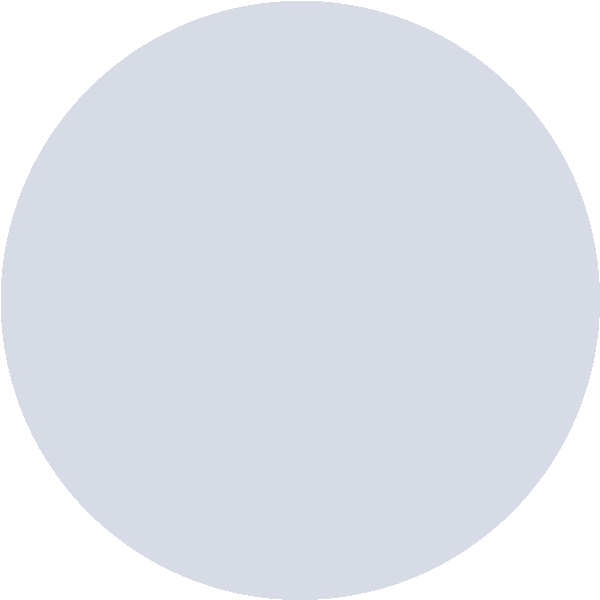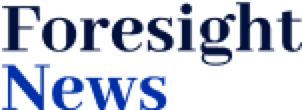
Co-authors: Alastair (Analyst of OFR) & Eraince (Team member of OFR)
Advisor: JX (Partner of OFR)
TL;DR
DAOs are making their impact in the crypto space, but there are challenges hindering their growth; more and more tools/solutions are emerging to help DAOs overcome these challenges and improve the way they are operating.
In the next bull cycle for crypto, we believe that DAO’s will probably take over the P2E gamefi projects on the responsibility for onboarding non-crypto users for its more diversified core value propositions, which are not as profit driven as P2E games.
We investigate the most important characteristics of DAOs for which these tools are designed, namely DAO Frameworks, Contributor Incentives (Payment/ Streaming Management & Profile/ Recognition platforms), Treasury Management and DAO Governance/ Voting.
Despite being a relatively unexplored space, the DAO tooling space is fast growing and there are several useful tools available for DAOs to use; however, why are these products underutilized?
In reality, the DAO tooling space is oversaturated and too fragmented; the majority of these tools were developed individually to satisfy their specific needs, and there is a lack of synergy between these many solutions
What we hope to see is infrastructure as opposed to just tools, something that provides cohesion and collaboration amongst all these highly effective tools; a modular hub that pulls these tools together to enable DAOs to overcome all of these challenges and prosper.
Introduction to DAOs
A “Decentralized Autonomous Organization,” often known as a “DAO,” is an entity that is directed by the community but has no centralised authority. DAOs are completely decentralised and open to public scrutiny at any time: smart contracts establish the basic rules and carry out the decisions that have been agreed upon; at any moment, proposals, voting, and even the code itself may be subjected to public scrutiny.
The purpose of a DAO is to facilitate the management and monitoring of an entity analogous to a corporation. However, a DAO thrives best when there is no single overarching authority figure; instead, the DAO’s collective leaders and members serve as its governing body. The members of a DAO are the only decision-makers in all matters pertaining to the organization’s future, including but not limited to the issues concerning technological developments and the allocation of funds.
The DAO voting process is documented on a blockchain. Users are frequently compelled to choose between mutually exclusive choices. Users’ voting power is frequently allocated based on the number of tokens they own. For example, an individual who has 100 DAO tokens will have twice the voting power of a user who owns 50 tokens.
The assumption behind this method is that users who have a larger financial stake in the DAO are encouraged to operate in good faith. Consider a user who has 25% of the total voting power. This user may commit illicit actions; but, by doing so, the person jeopardises the value of their 25% stake.
Most DAOs also have treasuries that hold tokens that may be traded for fiat. Members of the DAO can vote on how to utilise that money; for example, certain DAOs looking to acquire rare NFTs can vote on whether to trade treasury funds for assets.
Existing problems and challenges
Despite the growing prevalence of DAOs, many of these early adopters are bound to encounter problems and obstacles. As DAOs are still in their infancy due to the fact that the number of people interested is still a small portion of the web3 community, we foresee that it will be a superior framework to the corporate frameworks we encounter now. This section will elucidate a few of the operational and management difficulties associated with DAOs in the Web3 ecosystem.
1) Searching and onboarding
Consider the steps a Web3 participant might take to become involved and give their expertise. The initial stage is to perform comprehensive research to identify DAOs that share their objectives and require their assistance. This obvious first step is quite difficult for the vast majority of individuals. Since the number of DAOs is continually increasing and their purposes vary widely, it is difficult to find the ideal DAO to participate in.
Finding a DAO is becoming more difficult for contributors who want to give it a try, especially when they are unsure if it will work and are likely to abandon their initial attempt. DAO lists such as Messari’s are useful, but they do not provide sufficient information for individuals to determine whether they desire to join a particular DAO. Mission statements posted on websites and social media platforms are inadequate for DAOs.
After individuals locate the DAO, the next crucial step is to provide them with an onboarding procedure and documentation that are straightforward and easy to access. Due to the fact that different DAOs operate in different ways, the onboarding process might range from just purchasing tokens to numerous rounds of interviews and submissions.
As stated in Avenueplace.eth’s article on DAOs, the presentation and execution of the onboarding process and documentation will play a significant part in identifying the ideal member - The Context Problem.
2) Incentives - Personal Growth
When discussing incentives in DAOs, it is natural for individuals to point to tokens as rewards, as people should be compensated for their efforts. However, money should not and will not be the main incentive for DAO members. Unmentioned previously is how people working in a DAO can help them expand not only financially, but also in terms of capability, knowledge base, and resource networks.
Due to the nature of DAOs, it is easier for individuals to participate in and contribute to several DAOs. If we consider the standard Web2 career path, as employees gain work experience, they become more capable of completing tasks and tend to provide more value; as a result, they receive a better income and are given more challenging assignments. How can we enable people to develop their own verified and DAO-related portfolios while working in DAOs, so that when they apply for other positions in other DAOs, they will have an advantage?
SourceCred is one of a growing number of initiatives working from this angle, helping to build on-chain records of DAO involvement. Numerous SBT-related applications can also assist with this by distributing non-transferable tokens as proof of certain efforts and accomplishments. DAOs can also learn from practices typically observed in corporations, such as mentoring and member assessments.
3) Development of the DAO systems
How to make a DAO equitable, scalable, and still adhere to the principles of a decentralised governance model is a challenge for DAOs and numerous other Web3 projects. As stated in an article by TheDefiant, many DAOs just replicate the systems of their high-signal predecessors without considering whether such a strategy is suitable for their particular project.
Due to the digital and decentralised nature of DAOs, they often lack the well-developed and efficient infrastructure enjoyed by their conventional counterparts. Many DAOs are required to create their own infrastructure and tools prior to launching, and the majority of these tools are characterized as “quirky.” DAOs lack the proper infrastructure for reporting, treasury management, governance, payroll, communication, and identity management, amongst many others. Without the proper infrastructure to manage these responsibilities, many DAOs may lose members and fail to acquire traction.
In terms of scalability, DAOs may expand more rapidly if they are centralized and used as legal entities for specific operations. Some legal institutions, albeit with their flaws, were established to coordinate decision-making among parties with a shared financial interest. The absence of token holders to vote on proposals is an additional significant obstacle that DAOs must overcome. Inactive token holders can impair a DAO’s operation. As noted previously, the delegation also raises the problem of centralization, despite the fact that many may swiftly decide to vote in favour of it. Some DAOs are evaluating the use of incentives to address this issue by rewarding active token holders and penalizing inactive token holders.
A Deeper Dive into DAO Tools
As the number of DAOs and other digital collectives continues to grow, so does the demand for infrastructure and technologies that facilitate and accelerate the development of DAOs. DAO tools enable DAOs to overcome some of the obstacles outlined in the preceding section.
The expanding selection of DAO technologies enables us to efficiently organise DAOs, manage funds, align incentives, vote, and compensate contributors. In an effort to facilitate the growth of these project ecosystems and unlock the true potential of DAOs.
DAO Framework
A key idea and principle when it comes to DAO development/building are to create a minimal viable community (MVC) that can evolve. When it comes to constructing a DAO, there are sometimes so many works and design-related considerations that it gets incredibly intimidating. In the past, numerous technologies have helped to simplify the procedure of constructing a DAO. However, as the DAO evolves, the tools will not be able to keep up; hence, product iteration will become slow and cumbersome.
We all know that the advantage of small organisations like startups is that they can adapt quickly and act quickly. In the area where no rules and standards are really settled, the concept of MVC in the DAO landscape can really help people experiment with this format while remaining fluid and seeing results fast.
Syndicate recently launched the Collectives which is a social network protocol that allows people to easily start their own collectives in the no-code platform and because it is built with ERC-721M (an extension from ERC-721 built by Syndicate, M stands for modular ), it is highly composable and interoperable throughout the space and it even allows people to customise the metadata, etc that evolves with the need of each collective. Modular, customizable, evolvable, and programmable is one of the core principles when they build Collectives, which pretty much aligns with our vision for future DAO toolings as well.
Another project that focuses on the MVC concept is Metropolis (previously Orca Protocol), where they phrase each MVC as a pod. They rebranded the whole project to emphasize how each working pod (a wrapper of muti-sig) connects and works together to form complex and powerful digital cities
Aragon is an extensive DAO launchpad that simplifies the creation and management of DAOs for organisations. Aragon offers a spectrum of products ranging from the creation of simple DAOs to scaling with a variety of other DAO apps to the provision of expert assistance from a pool of building professionals suited to your specific requirements. Platforms like Aragon have made it simple for creators to set up a DAO that meets their specific needs. Another excellent feature is the ability to continuously grow their community and operations using the range of different DAO tools with which Aragon has collaborated to scale DAOs built on their platform.
With the concept of developing an MVC-first DAO, it is critical that DAO infrastructure and framework tools enable their DAOs to gain that building block experience in order to continuously evolve and adapt the necessary tools they use with their present stages. Although there are or will be numerous DAO launchpads, it is crucial to realise that speed is not necessarily the most significant criterion when building a new DAO. I believe that adaptability and fluidity will be the distinguishing factors between a good launchpad and the optimum one on which people wish to build.
Contributor Incentives
In terms of incentivizing individuals within the DAO, token distribution according to contribution level has always been the most straightforward method of rewarding contributors. However, to take this a step further, we should also consider personal development, as described in our problem statement. Although there are numerous DAO tools that aid with treasury management and pay-streaming, there is a scarcity of DAO solutions that recognize individuals for their contributions.
First, let’s take a look at some of the aforementioned treasury management and pay streaming tools, like Gnosis Safe, Utopia, Superfluid, and Zebec Protocol.
Treasury Management Layer
Gnosis Safe is a multi-signature treasury management platform for DAOs. Multi-signature vaults are not uncommon for DAOs, as they enable simple flexibility in how DAOs manage the digital assets of their organizations. Treasuries, being one of the most important aspects of the foundations of the DAO, it is important that the funds within the treasury are secured and appropriately managed. Gnosis Safe prevents unauthorised access to an organization’s assets by requiring multiple team members to confirm each transaction before it can be executed.
Other features of Gnosis Safe include DeFi integration, increased privacy, and the inclusion of other digital assets like ERC-721 tokens (digital art, ENS names, game assets, etc.).
DAO tools like Gnosis Safe have enabled DAOs to conduct on-chain transactions more efficiently and securely. There are other multi-sig treasury management applications, such as Exponent, Domo, and Multis, that strive to achieve similar goals; yet, after interacting with these various platforms, they are seemingly comparable. Most have multi-chain compatibility, a great UI with detailed dashboards of assets and transactions, and accounting analytics.
Payment/ Streaming Management
Due to the decentralised nature of DAOs and the large number of contributors who are continuously giving value to the DAO, the distribution of rewards, payments, and salaries can quickly become highly chaotic. Utopia and SuperFluid are both DAO tools that help DAOs more efficiently manage, streamline, and automate their payment processes. These tools are compatible with a wide range of multi-sig vaults, such as Gnosis Safe, and are effortlessly integrated into the DAO’s processes.
Utopia allows you to generate a list of payees (contributors)/recurring payments/requests before initiating a bulk transfer (gas is covered by Utopia). DAOs can also arrange recurring payments to whoever is required, organise contributors based on their roles, and maintain a record of their past contributions and total compensation awarded, while ensuring compliance with tax regulations, particularly in the United States.
Superfluid, which in essence does something similar to Utopia, introduces the concept of stream payments. Stream payments are continual payments based on a predetermined time (e.g. annual payments, monthly payments, weekly payments, or even payments every second)—continuous token circulation on the blockchain with no capital lockup. Transfers of funds will continue indefinitely unless canceled or until the sender’s account balance is depleted. The rate of cash flows may also be altered at any time.
Now that we’ve discussed multi-sig treasury management, payroll automation, and stream payments, as well as the many tools that facilitate these operations, let’s discuss the Zebec Protocol. Zebec is an all-inclusive DAO fund management platform that includes the above functions. Zebec has collected the most advantageous characteristics of these tools and made it possible for DAOs on the Solana Chain to perform all of their financial operations on a single protocol. In addition, Zebec permits direct on- and off-ramping from fiat, eliminating the need for frequent swapping.
Zebec has demonstrated functional superiority in comparison to other products, but I believe it is just a matter of time before the majority of these different platforms adopt the same concept and increase their service offerings.
Contribution/ Recognition
In addition to monetary benefits for contributors, we have emphasized the significance of recognising the contributions of different DAO contributors. This sense of identity within the DAO can be incredibly effective in uniting the community and encouraging other DAO members to strive to provide more to the DAOs. In this section, we will take a look at task management/contributor recognition platforms, like DeWork and CharmVerse.
Dework is a Web3-native project management platform that incorporates token payment, credentialing, and bounties for work done. This platform enables DAOs to clearly define their project roadmap and the tasks that must be completed. DAOs can also give context to ongoing initiatives and make it simple to engage new contributors. DAOs can easily screen applicants’ profiles for various tasks and select the most appropriate individual/team for the job. After the task is completed, bounties can be rewarded to contributors in any form of on-chain tokens. In addition to collecting monetary benefits, all tasks that contributors accomplish will be stored on-chain on their profile, allowing them to construct a resume and help others to recognise the work they have done for the DAO.
Similar to Dework, Charmverse is a Web3 workflow operations platform that includes task listing, bounties, documents, and voting. Teams can create token-gated groups for either their token/NFT holders or invite members using the Moloch DAO protocol. CharmVerse also provides DAOs with a governance tool that guides them through the various stages of a community proposal process in a seamless manner. This tool aids DAOs from the earliest stages of developing a proposal through the community discussion and vote phases.
The look and feel of Dework remind me of a combination of the Web2 DAO tools, Discord, and Notion. It is user-friendly for both project leaders and contributors, but I particularly liked that contributors could earn achievement badges for their contributions. CharmVerse and Dework both promote the importance of recognising contributors of the DAOs through a “Proof-of-Work” badge/POAP. This enables contributors to effortlessly create their professional on-chain identity, particularly within the DAO space, making them more visible and helping others to recognise their achievements more readily.
DAOU is also another interesting new project that uses Soulbound Tokens (SBTs) and a Social Oracle to convert activity data in DAOs into on-chain verifiable data. They recently won the third prize in the ETH Shanghai Hackathon. They use a “Social Oracle” to incentivize DAO members to validate data generated by fellow DAO members, thus increasing the credibility of this data. With this, they will assign each member a score based on their social activity, involvement, and overall contribution, granting them a reputation within the DAO, which can then be used for DAO benefits such as airdrops, whitelists, etc. This concept is quite intriguing to watch, as it functions as a social aggregator that helps DAOs discover their key members and contributors across the board. In principle, it would be impossible to distinguish between quality social activity and quantity of messages, i.e. people who spam Discord with “GM” every hour and those who periodically contribute quality content.
DAO Governance/ Voting
The governance and voting process of the DAO is another crucial aspect of the DAO when it comes to decision-making. Initially, tokens and shares were the primary forms of voting rights. Several DAO voting techniques have since been developed to ensure that voting and governance remain decentralised and to encourage more community members to participate in decision-making. Snapshot, Commonwealth, and Tally are some examples of DAO governance and voting tools that are more commonly utilised in active DAOs now.
Snapshot is a gasless off-chain multi-governance client with easy-to-verify and difficult-to-dispute results. It gives flexibility in calculating voting power for a vote. Snapshot supports a variety of voting methods to meet the needs of various organisations. Creating proposals and voting on Snapshot is simple and gas-free because the process is executed off-chain.
Snapshot is user-friendly from the perspective of both DAO owners and members. With the space creation process requiring less than 5 minutes, DAO owners can construct their governance model quickly and easily. For voting tools, members can compose their proposals on Snapshot, set a start and end date, and publish them for voting. Proposal creators can additionally select supporting voting systems, e.g. single-choice voting, approval voting, quadratic voting, etc., making Snapshot more adaptable to the different scenarios that DAOs could encounter.

DAO members can also easily search for their favourite DAOs and join the space to participate in any proposal voting process that they are eligible for. There are currently over 10,000 different DAOs from across different chains that are onboarded to Snapshot, including some of the bigger ones like Uniswap, Aave, and ENS.

Tally.xyz is another DAO governance platform that works similarly to Snapshot, with an off-chain voting mechanism. The interesting feature that Tally has is their “Governor Contract” - This is essentially an open-source smart contract that allows token holders to control a DAO with fully on-chain voting. The Governor Contract is in charge of how DAO proposals are handled. It keeps track of how proposals are progressing and counts the votes to see if they are approved. If a proposal is approved, the Governor executes the action on-chain. Proposals can do anything on chain, like transfer funds from a treasury, change the parameters of a DeFi protocol, change the permissions of sub-DAOs, mint NFTs, or change the rules of the Governor.

The greatest benefit of the Governor pattern is that the DAO makes all of its decisions on-chain. Since the smart contract does everything on-chain, voters don’t have to trust a third party to count their votes or carry out their transactions. DAOs can interact with Governance via any application interface(s) they choose, as anyone can call the smart contract.
This concept of a governor is something I believe is already, and if not, the next logical step. This decentralized and autonomous approach will help eliminate possible manipulation within the DAO and maintain complete transparency, although being primitive and still vulnerable to smart contract risks.
The Advent of DAO Infrastructure
Compared to many other facets of Web3, the DAO Tooling space is still relatively unexplored and underdeveloped. To operate the majority of their operations, the bulk of operational DAOs now rely on traditional platforms like Discord, Twitter, and the occasional Web3 tool such as Gnosis (for multi-sig) and Snapshot (for voting). Web3 DAO tools initiatives have not made a compelling enough proposition for larger existing DAOs to migrate their complete workflow.
The DAO Tooling landscape is fragmented, with initiatives concentrating on specific problems and use cases. The apparent lack of cohesion and composability between these projects is, in my opinion, one of the primary reasons why DAO tooling initiatives are underutilised. Certainly, all of these efforts are beneficial to DAOs, but could the execution be improved?
We believe that as the quantity and quality of DAOs begin to increase at an exponential rate, creators and members of DAOs will require more management, scaling, and contribution mechanisms. Consequently, this creates an imperative need for more sophisticated DAO tooling applications, potentially leading to the rise of the next DAO tooling narrative.
Although we believe in the long-term success of DAO tooling projects, we advocate for a narrative change from making the next great DAO tool to creating THE DAO Infrastructure that all DAOs will utilize. In this next part, we will discuss some key takeaways that we feel will contribute to the expansion of the DAO tooling space and serve as a model for future ventures, as well as what we mean by building infrastructure instead of tools.
What kinds of tools are still needed?
In general, we believe some problem areas have better tools to support and increase their functions than others. In terms of treasury management, for instance, projects such as Gnosis Safe, Multis, and other multi-sig treasury management platforms and payment streaming platforms suffice for the effective management of DAO assets. Similarly, apps like Snapshot, Tally, and Commonwealth have solved efficiently and expedited the voting and governance processes of DAOs, albeit not entirely.
In terms of community participation and DAO discussion platforms, for example, greater innovation is undoubtedly required. Currently, the majority of DAOs carry out the bulk of these activities on Web2 applications like Discord, Telegram, or even Slack. We have not yet seen any Web3 systems that satisfy this essential DAO criterion. It would be great to see a Web3 solution designed to manage, engage, and reward DAO communities that is superior to its Web2 counterparts. Many have suggested, however, that it may not be necessary to design an alternative for discord/telegram since “if it’s not broken, don’t fix it.”
We seek a chain-agnostic DAO hub that enables DAOs to perform anything from on-chain voting and analytics to off-chain community involvement and communication. I am not suggesting that we require a “one-size-fits-all” solution, but rather something that enables integration and collaboration between different DAO tools. Imagine a more modular version of the AragonDAO onboarding process. A solution that is suitable for both seasoned Web3 natives and novice, space-exploring creators. I think it would be great if there was a method to unify all of these resources and allow DAOs to construct their platforms like Legos.
From DAO tools to DAO infrastructure
Based on the findings from researching and experimenting with all these different projects, we have compiled some of the most important insights and ideas for the future generation of DAO Infrastructure.
DAOs should prioritize a modular design, aiming to be as flexible, adaptable, and open-source as possible so that they may be integrated into existing DAO tool stacks in the same way Legos can. We expect that DAOs will be able to perform modular upgrades, comparable to upgrading a PC, rather than needing to replace their entire system. We want to see builders building DAO infrastructure rather than just tools.
There will be no all-encompassing or universal solution; therefore, DAOs must explore procedures and frameworks with their members while learning from the experiences of other DAOs and organisations. We think that each community has unique and developing infrastructure needs, hence bespoke and flexible solutions are required.
Communities ought to be infinite and mobile collectively. Guilds, for instance, are the polar opposite of integrated platforms. Our goal is to provide total interoperability between all of a community’s platforms for sharing, collaboration, and interactions.
DAO tooling will always evolve alongside DAOs and DAO frameworks, through tool development and use cycles; when individuals detect tool gaps, more tools will be created. In light of this, OFR is searching for people building in this direction. If you know of a project that is aligned with this narrative, please send us a direct message on Twitter or drop us an email.
Cheers to the future of DAOs.
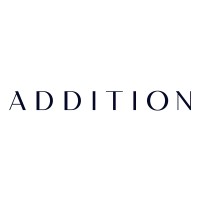
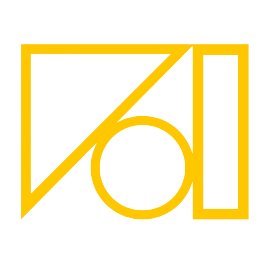
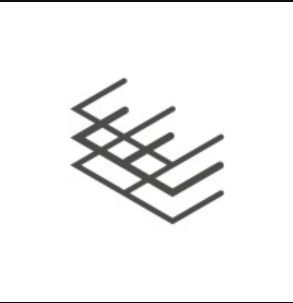
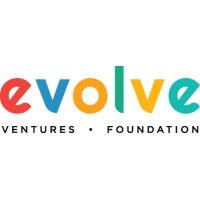


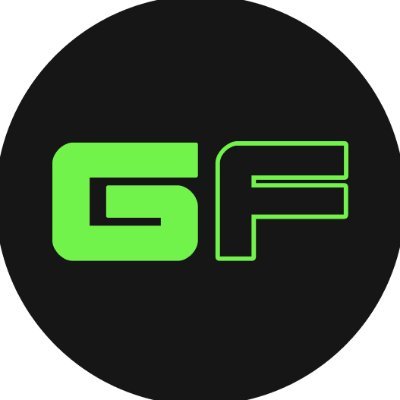
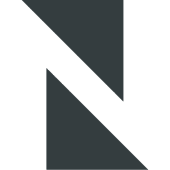
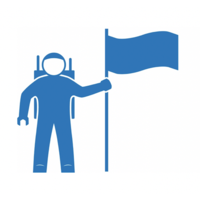
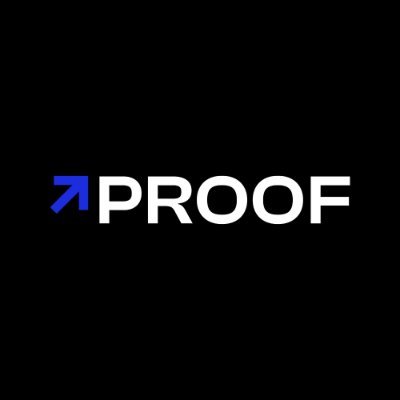
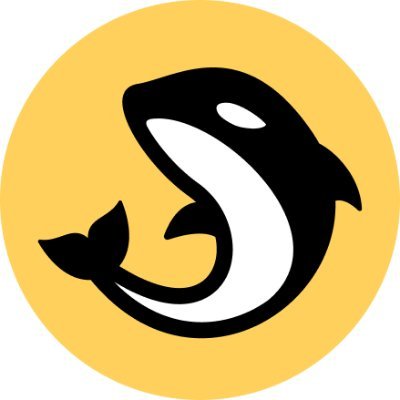
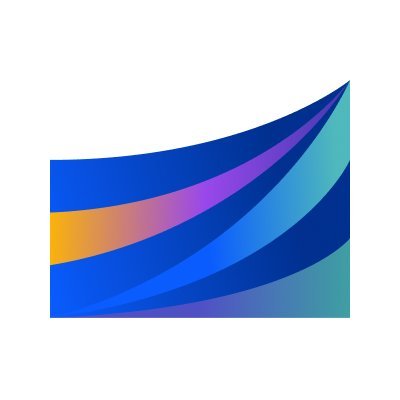

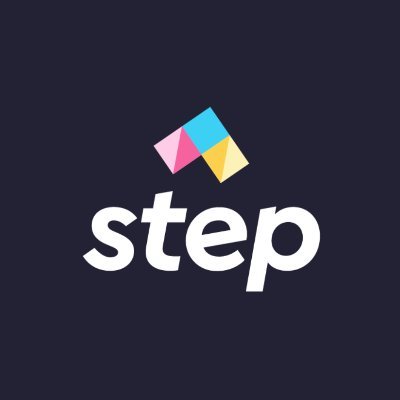
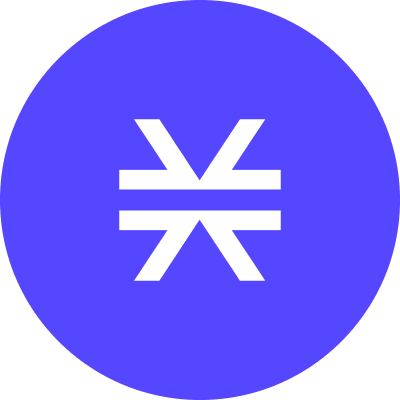
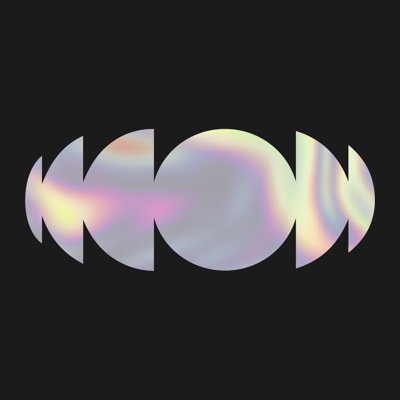
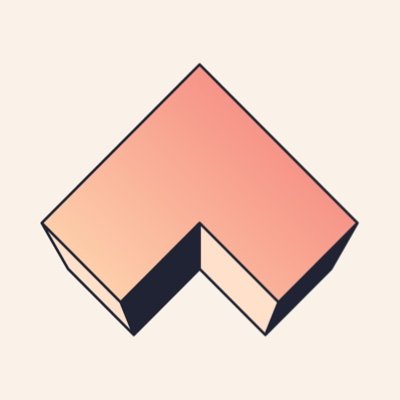
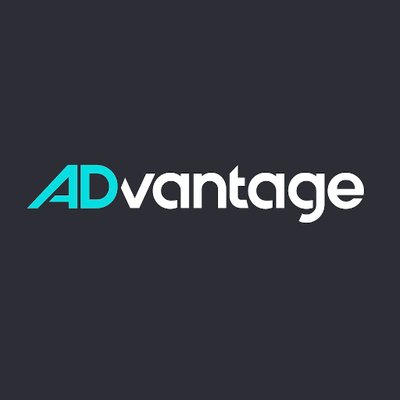

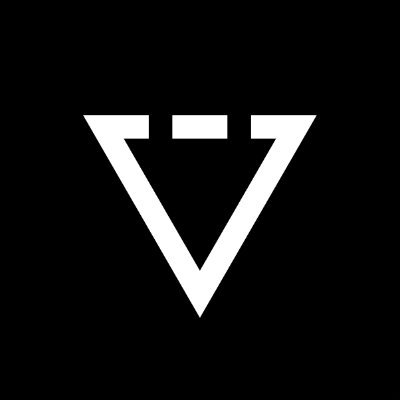
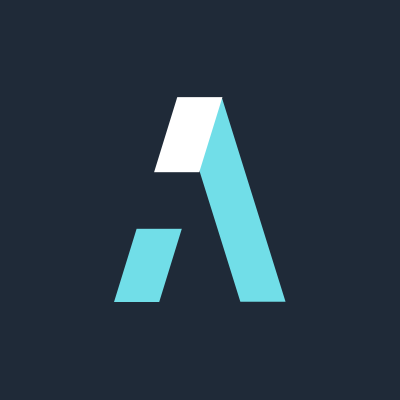
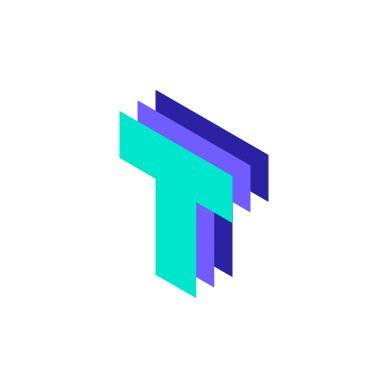
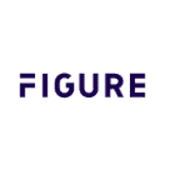
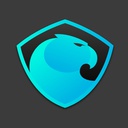
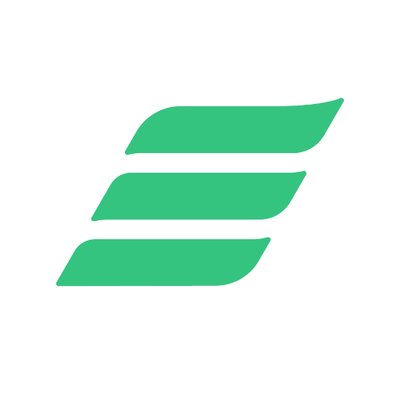
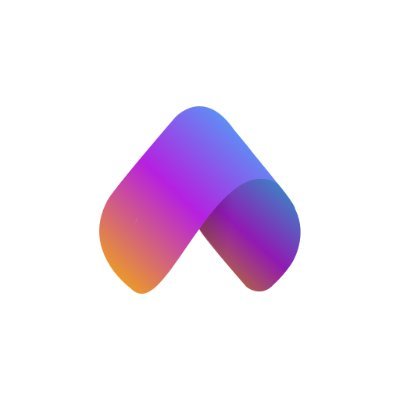
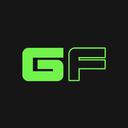
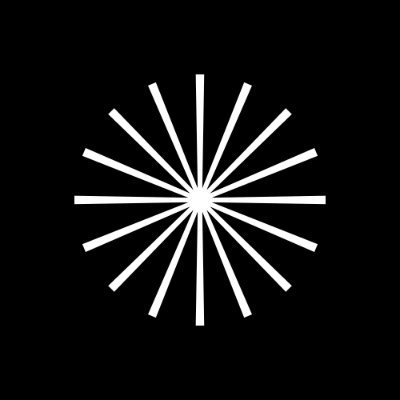
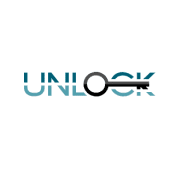
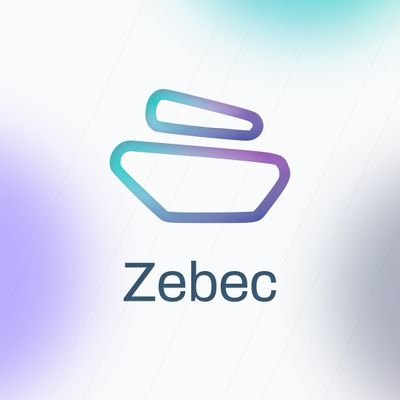
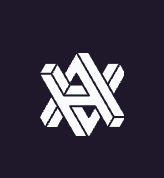

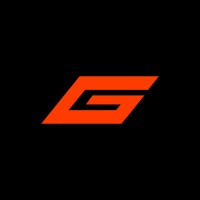
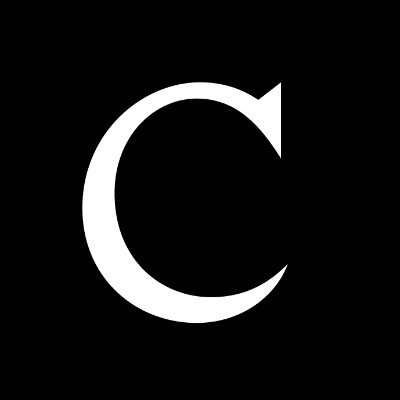

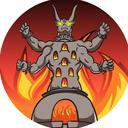
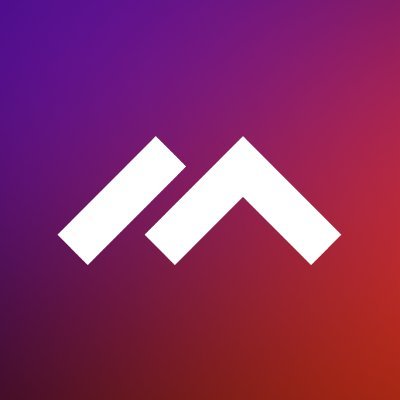
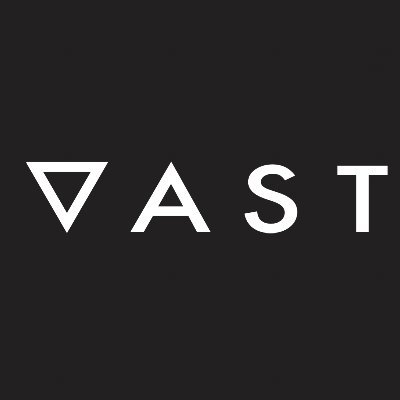
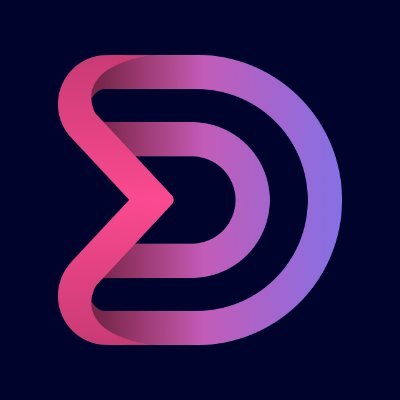
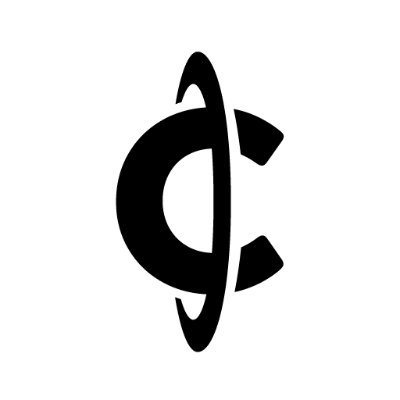
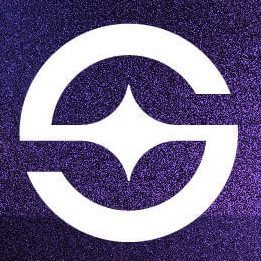
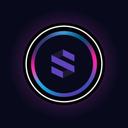
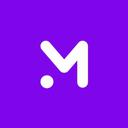
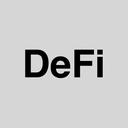


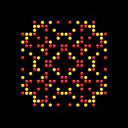
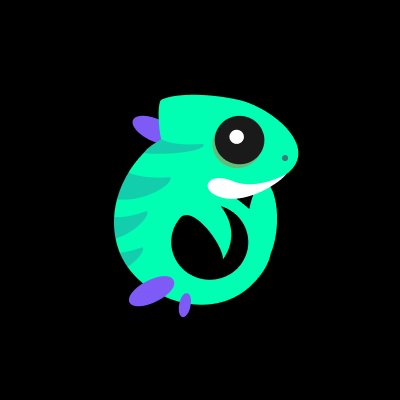
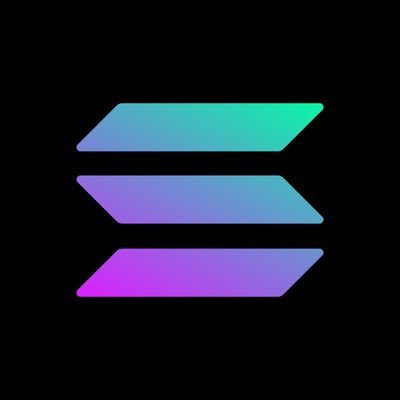
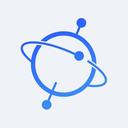
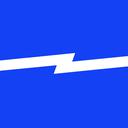


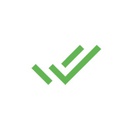
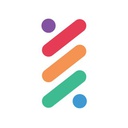
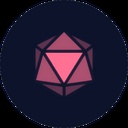
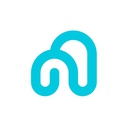
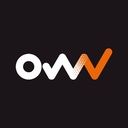
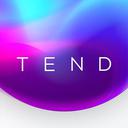
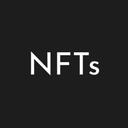
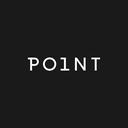

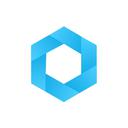
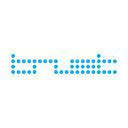
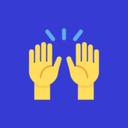
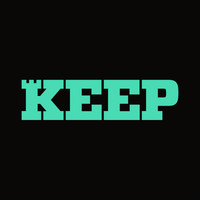
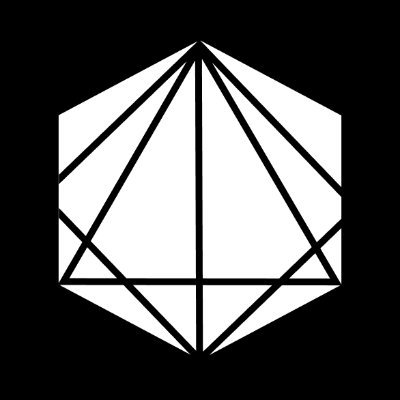
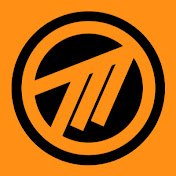
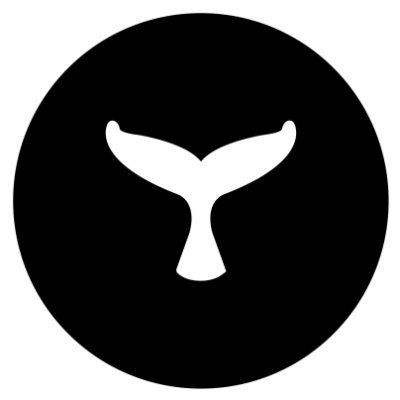
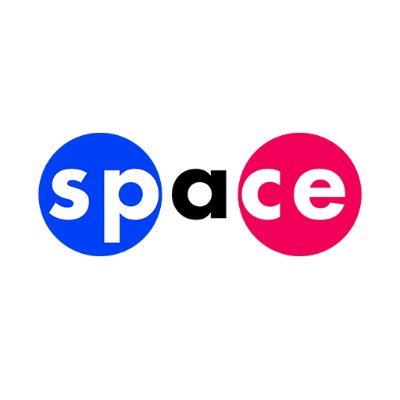
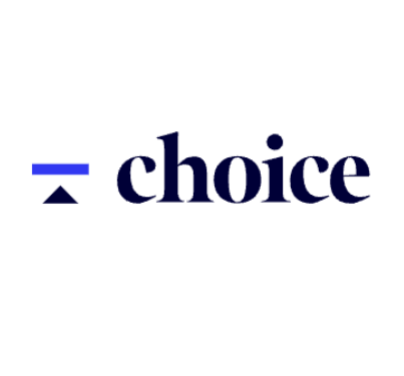
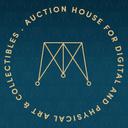
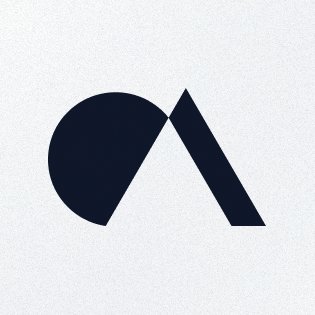
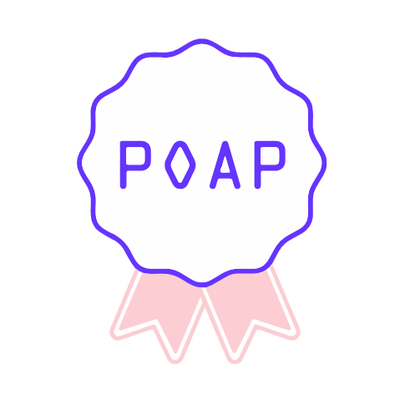
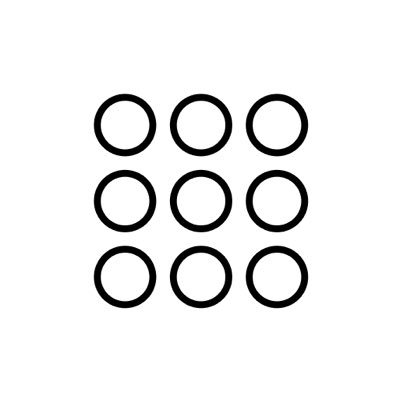
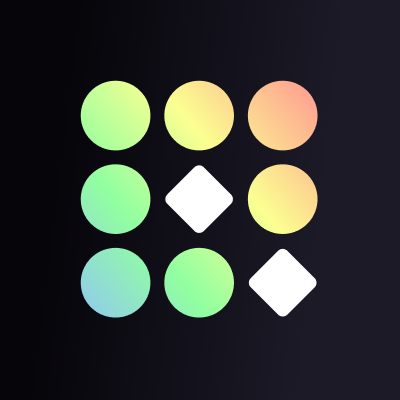


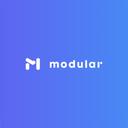
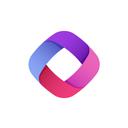
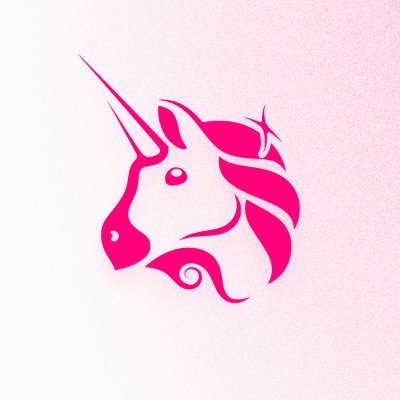
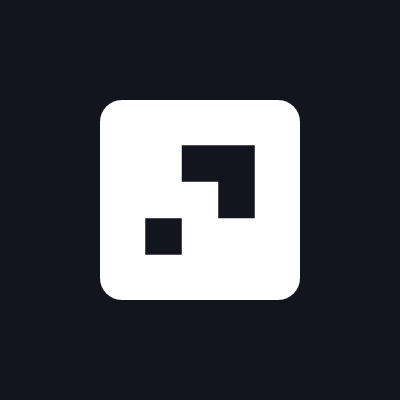
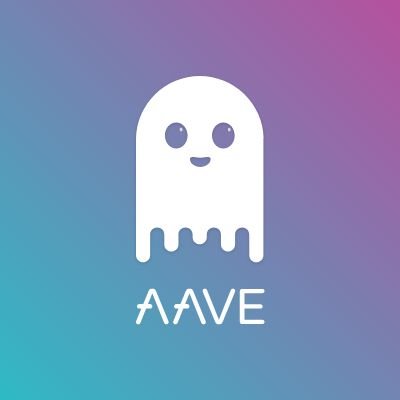
【免责声明】市场有风险,投资需谨慎。本文不构成投资建议,用户应考虑本文中的任何意见、观点或结论是否符合其特定状况。据此投资,责任自负。
